Lithium Battery Cooling System of Electric Vehicle and Case Analysis
With the popularization of electric vehicles, lithium battery, as its main power source, needs effective cooling system to maintain its normal operation and prolong its service life. This article will introduce electric vehicle lithium battery the importance of cooling system and the advantages and disadvantages of different cooling systems are discussed through case analysis, so as to provide reference for the design and optimization of lithium battery cooling system for electric vehicles.
I. Importance of lithium battery cooling system for electric vehicles
- control temperature: lithium battery is prone to overheating in high temperature environment, affecting battery performance and life. The cooling system can improve the battery performance and life by reducing the battery temperature and keeping the battery in a suitable working temperature range.
- Improve charging efficiency: lithium battery has better charging efficiency at lower temperature, cooling system can reduce battery temperature, improve charging efficiency and shorten charging time.
- Provide safety protection: the cooling system can detect and handle the abnormal temperature rise of the battery in time to avoid fire and other safety problems caused by overheating.
II. Design scheme of lithium battery cooling system for electric vehicles
- water cooling system: the water cooling system transfers heat from the battery module to the cooler for heat dissipation through circulating water flow, which has the advantages of good heat dissipation effect, accurate temperature control, etc, however, extra energy needs to be consumed for the operation of the water pump.
- Phase Change Material Cooling system: phase change material cooling system uses phase change material to absorb and release a large amount of heat within the phase change temperature range to realize battery cooling. Compared with water cooling system, phase change material cooling system can better control battery temperature, and has the advantages of energy saving and good stability.
- Air Cooling system: the air cooling system realizes the heat dissipation of the battery through fan or air flow, which is simple and easy to implement, but the heat dissipation effect is relatively poor.
III. Case analysis
take Tesla Model S as an example, this Model uses liquid cooling system as the cooling method of battery. The liquid cooling system transmits the heat of the battery to the radiator through coolant circulation and dissipates heat through the fan, effectively control battery the temperature. Compared with the air cooling system, the liquid cooling system can control battery the temperature more accurately and improve the battery performance and life.
IV. Summary and Outlook
the design of lithium battery cooling system for electric vehicles is very important for battery performance and service life. Among different cooling systems, water cooling system, phase change material cooling system and air cooling system have their own advantages and disadvantages. Designers need to choose appropriate solutions according to specific requirements. In the future, with the development of technology, more efficient and energy-saving cooling system will further promote the development of electric vehicles.
 Dongguan Juneng New Energy Technology Co., Ltd.
Dongguan Juneng New Energy Technology Co., Ltd.
 137 5142 6524(Miss Gao)
137 5142 6524(Miss Gao)
 susiegao@power-ing.com
susiegao@power-ing.com
 Xinghuiyuan High tech Industrial Park, Dalang Town, Dongguan City, Guangdong Province
Xinghuiyuan High tech Industrial Park, Dalang Town, Dongguan City, Guangdong Province


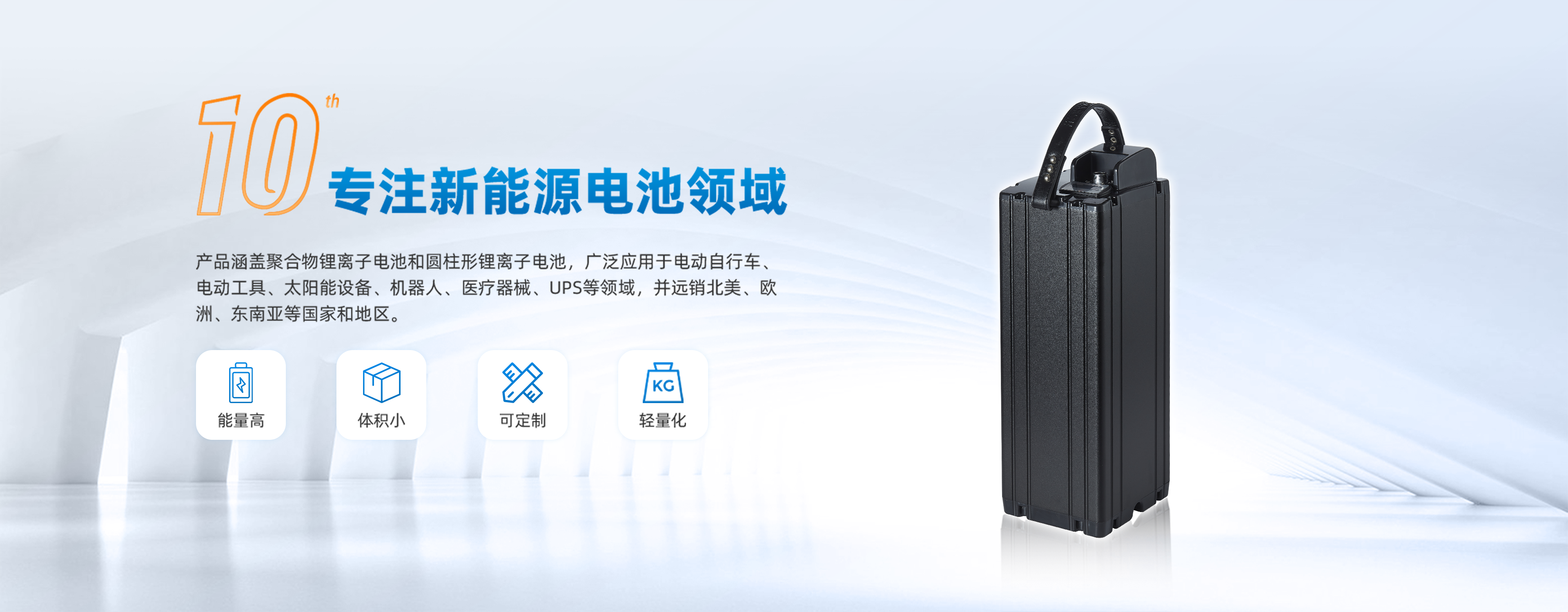
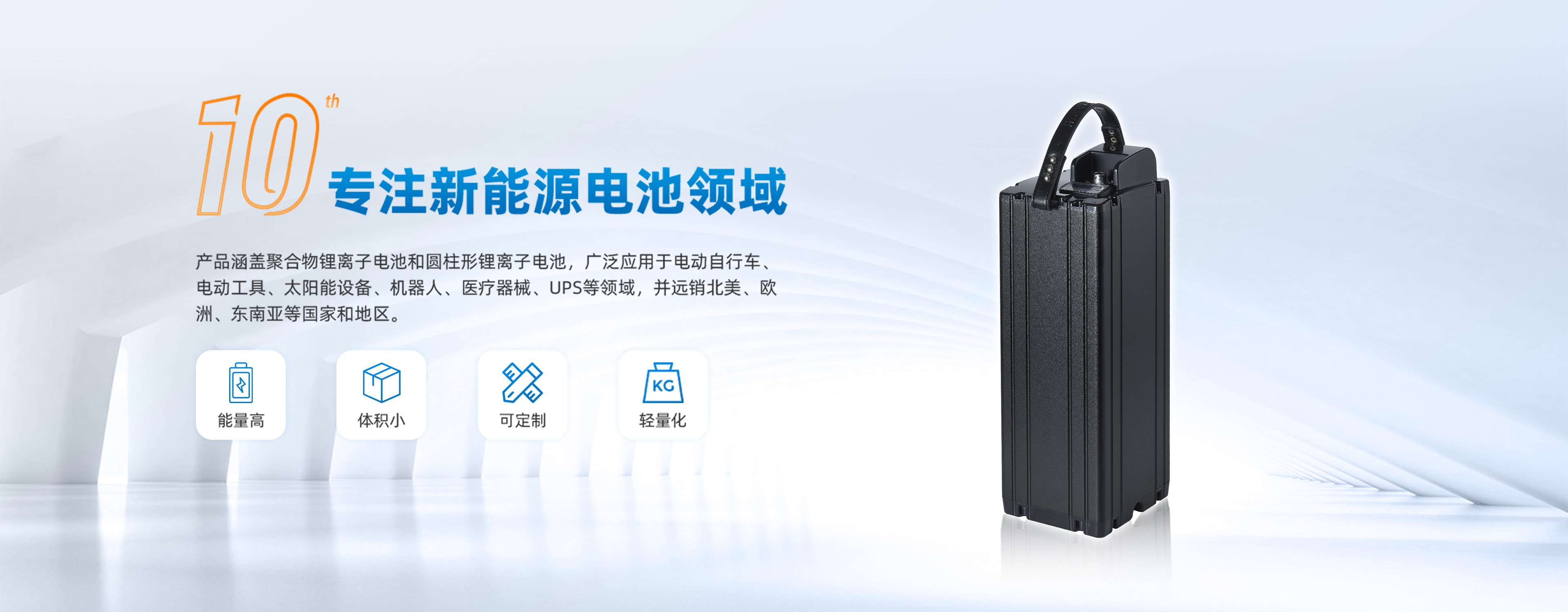
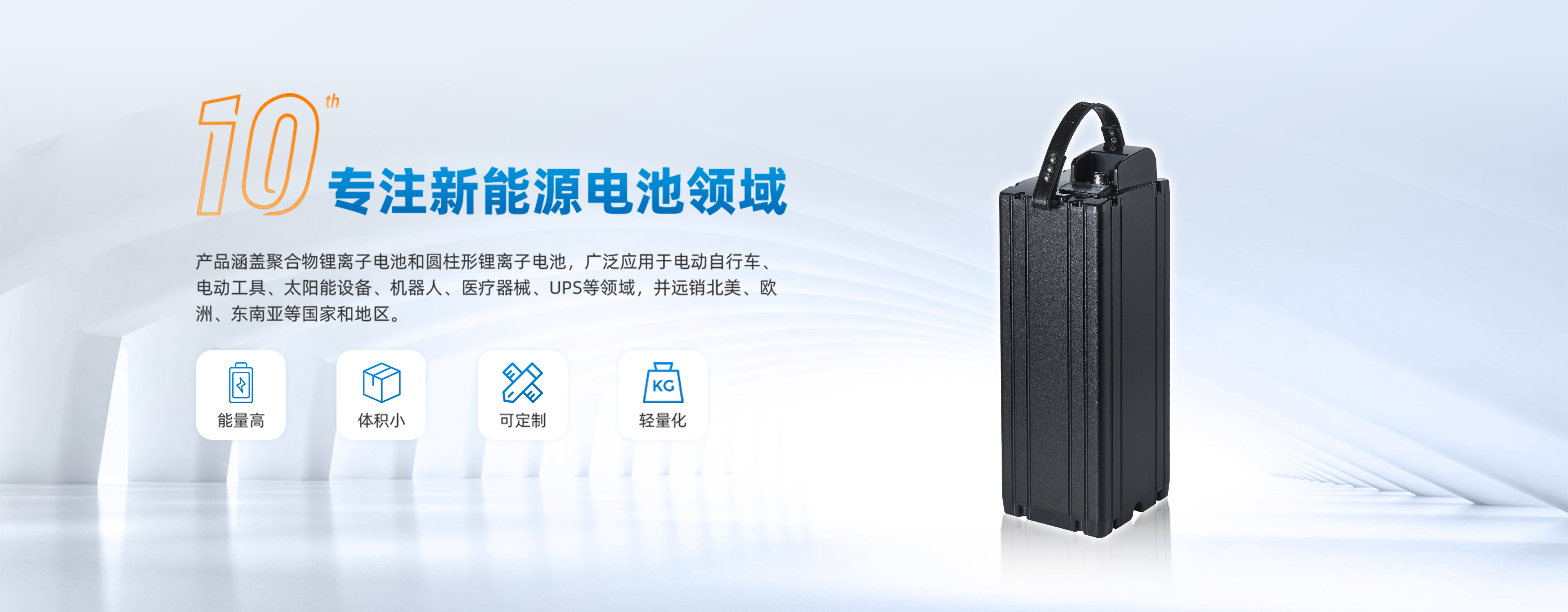



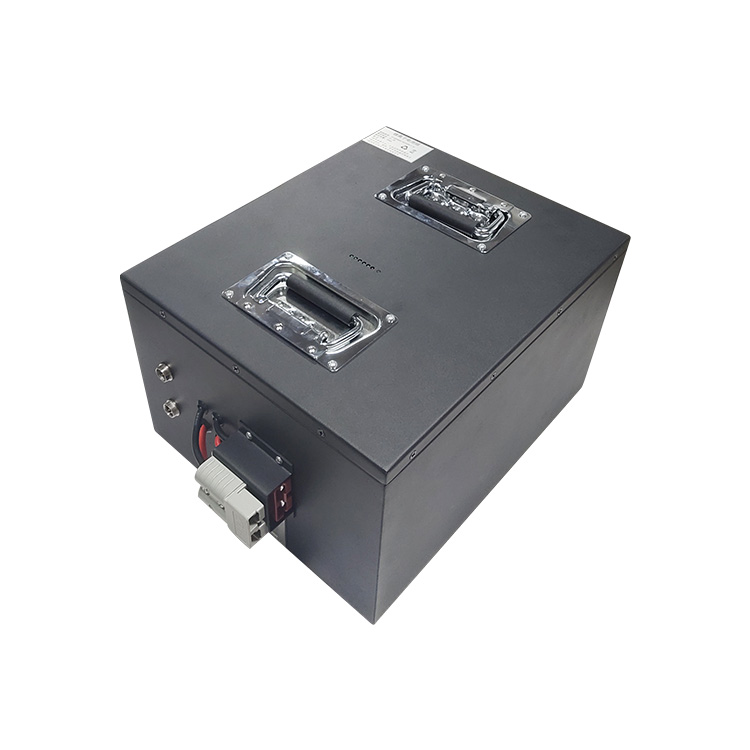


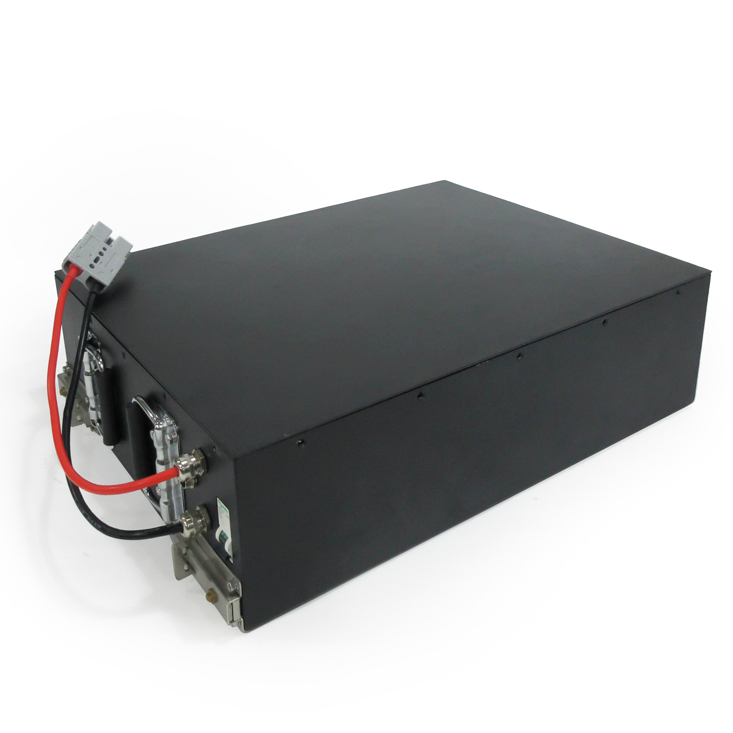

 Yue Gong Wang An Bei No. 4419002007491
Yue Gong Wang An Bei No. 4419002007491